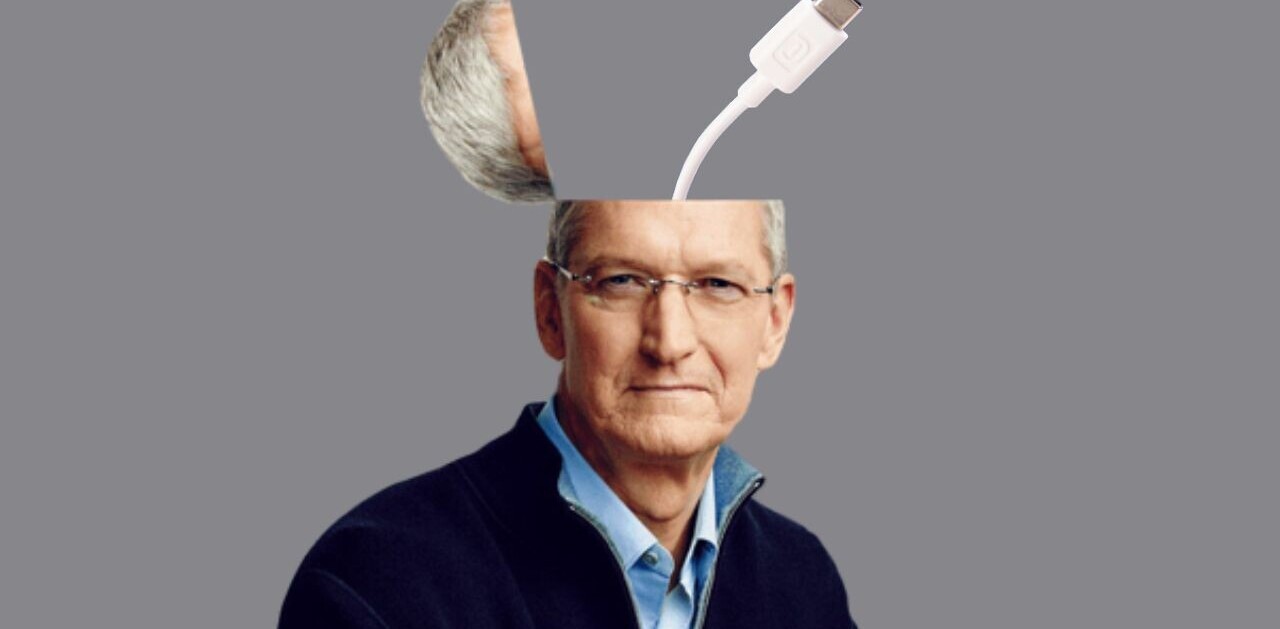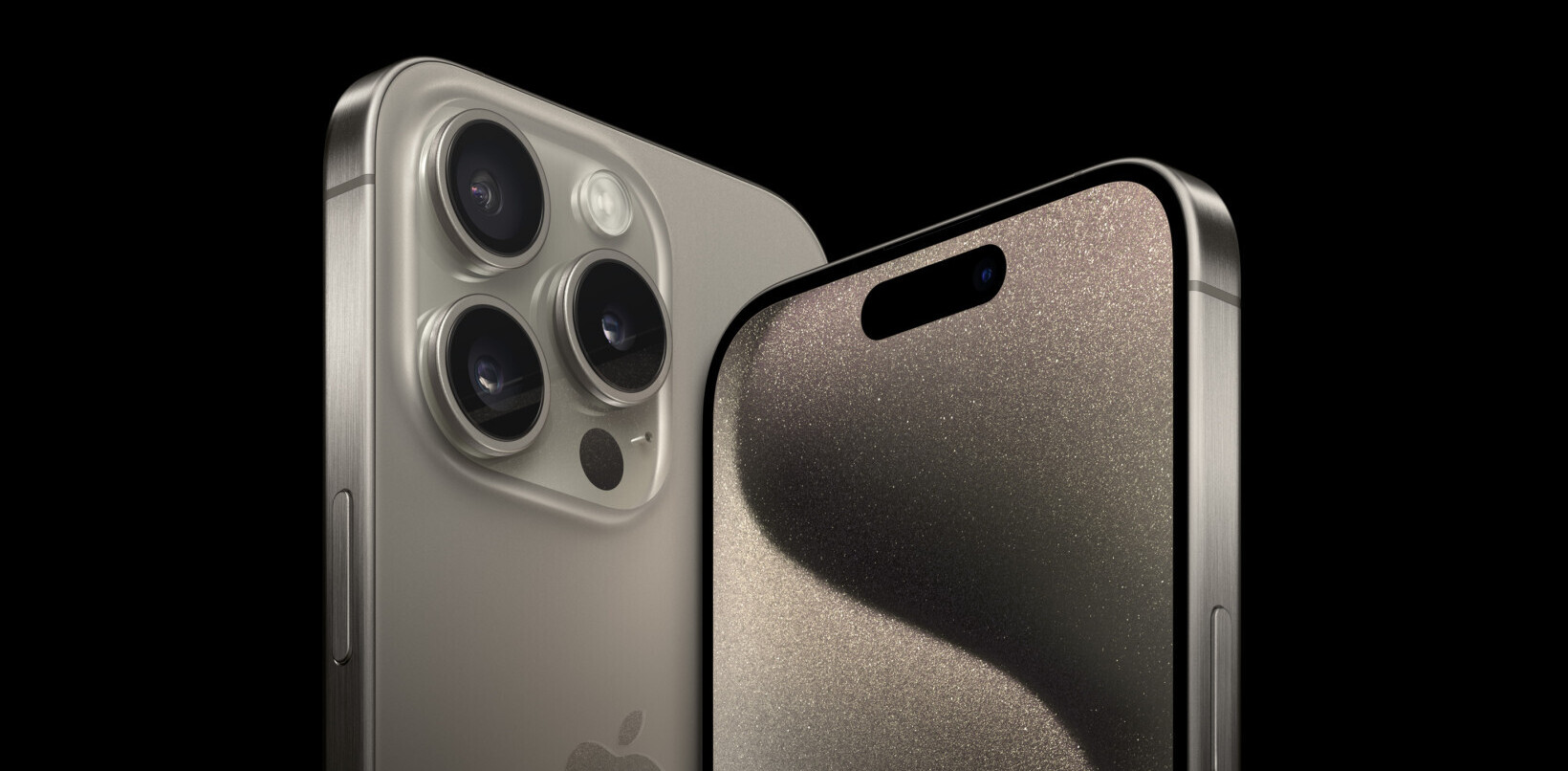
 Steve Jobs may have a hardware issue to sort out, but his software team is still hitting home runs. iOS 4, the new mobile operating system from Apple, has now made its way onto some 50% of iPhones according to advertising network Chitika.
Steve Jobs may have a hardware issue to sort out, but his software team is still hitting home runs. iOS 4, the new mobile operating system from Apple, has now made its way onto some 50% of iPhones according to advertising network Chitika.
iOS 3.x is still to be found on 49% of iPhones, and a measly 1% are stuck on iOS 2.x, showing strength in Apple’s ability to move owners of their phones through major firmware releases. While there exist large version discrepancies among the 3.x users, and there is now a split between iOS 4.0 and 4.0.1 users, Apple moving half of their users to version 4 of iOS in a month is impressive indeed.

The problem of operating system fragmentation is tricky, and is a difficult nut to crack for Apple and its competitor Android. If you constantly release better software, how do you make sure that your users take the time to upgrade to the latest and greatest version? If users lag too far behind, their phones can often not run the most recently developed applications for their phone’s platform, leading to consumer unrest.
In the above graph, 99.5% of the devices that were tested were in fact iPhones, the remaining 0.5% were iPod Touch devices. That slight bias does little to skew the gist of the data: consumer uptake of the latest Apple mobile software is strong.
Get the TNW newsletter
Get the most important tech news in your inbox each week.




